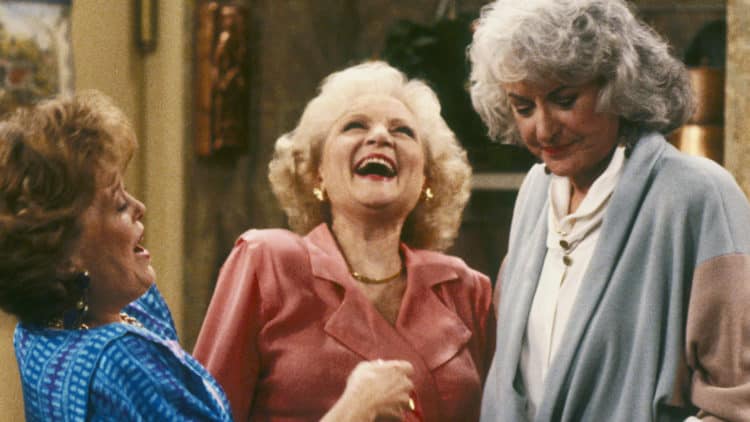
Laugh tracks have been a staple in most sitcoms when it comes to television. Classics such as Seinfeld, The Golden Girls, and The Fresh Prince of Bel-Air all use laugh tracks; however, the reason these shows are iconic isn’t due to the fact that these sitcoms use laugh tracks. Seinfeld was a show about nothing. It took advantage of its unique and non-linear use of an ongoing plot by showcasing mundane situations that audiences could relate to, in an awkwardly funny manner. Seinfeld was packed to the brim with colorful characters and hilarious misadventures. The Golden Girls was a funny spin focused on a group of female friends who had their own separate issues going on in life. Usually, the shenanigans would eventually involve the four main cast members and the iconic series had some insight and powerful episodes as well. The Fresh Prince of Bel-Air was the same way. It showcased a Black family that gave viewers a different perspective on culture yet carved a nice identity for itself that still holds an impact to this day. Who can forget the Carlton Dance? Or That moment Will cried about his father not wanting him? There are plenty of classic sitcoms with laugh tracks not listed here, but the point remains that these shows aren’t popular because of the little gimmick.
In truth, laugh tracks are mostly signals that tell the audience to laugh, but if something isn’t funny then those moments come across as awkward and uncomfortable. I realized this notion when watching the How I Met Your Father pilot. First, the laugh track gimmick just feels extremely outdated. It has been for over 20 years, but it’s really noticeable here mainly due to the fact that the pilot fails to be funny throughout. The laugh track feels forced, trying to invoke a reaction that isn’t organic. It’s as if the producers and executives don’t particularly trust the audience to be smart even to get their jokes so canned laughter is their way of telling them to react the way they want. I’m not saying that’s the intention of How I Met Your Father and other sitcoms that use this gimmick, but that’s how it feels sitting at home watching these types of shows. Let’s rewind back to the 1940s when the gimmick first originated. According to Britannica, laugh tracks originated as not only a fix, but sometimes a replacement, for an unengaged live audience but also as a way to engage an at-home audience into a more-traditional, communal, and theater-like experience. In fact, several studies suggested that laugh tracks got a positive response from viewers and helped in the ratings department. However, we have to understand that television was a far different landscape than it is now. Sound and entertainment were still in its early stages when laugh tracks were introduced. Hollywood was still trying to figure out how to properly tell stories and audiences were still exploring the fresh concept of sound and continued growth of storytelling.
It’s understandable why executives were so keen on this idea around that time, but television has drastically evolved. Shows such as The Office, Arrested Development, Parks and Recreation, Curb Your Enthusiasm, and Veep are some examples of comedies that are amazing without laugh tracks. That’s because they understand that audiences are a bit smarter in the modern age. I’m not saying that audiences were idiots around the 40s, but the concept of sound and laugh tracks were still fairly new during that time. Laugh tracks in 2022 are more of an annoyance because it feels like an insult for a show to tell me which parts I should be laughing at. With the introduction of streaming and how it became such a primary source for entertainment during the lockdown of COVID, audiences are more accustomed to the theater-like experience because of how Netflix created blockbusters to watch at home. Don’t get me wrong, there’s nothing truly like the theater experience, which is one of the reasons why the HBO Max experiment failed. But the point is that audiences don’t particularly need that setting or quality to get their enjoyment out of television shows. At this point, laugh tracks feel more of a hindrance to television. Is it possible for another great comedy to come along using a laugh track? Definitely! Plenty of people can still look at Seinfeld or The Fresh Prince of Bel-Air and not be bothered by the laugh track gimmick. But if the laugh track went away then it wouldn’t be missed. Like I stated earlier, laugh tracks are not the reason shows become classics. The story, characters, and jokes are. Modern comedies would be better off not relying on this gimmick to evoke a forced emotion. Simply put, it’s time to end laugh tracks in comedies.How I Met Your Father
 Follow Us
Follow Us





